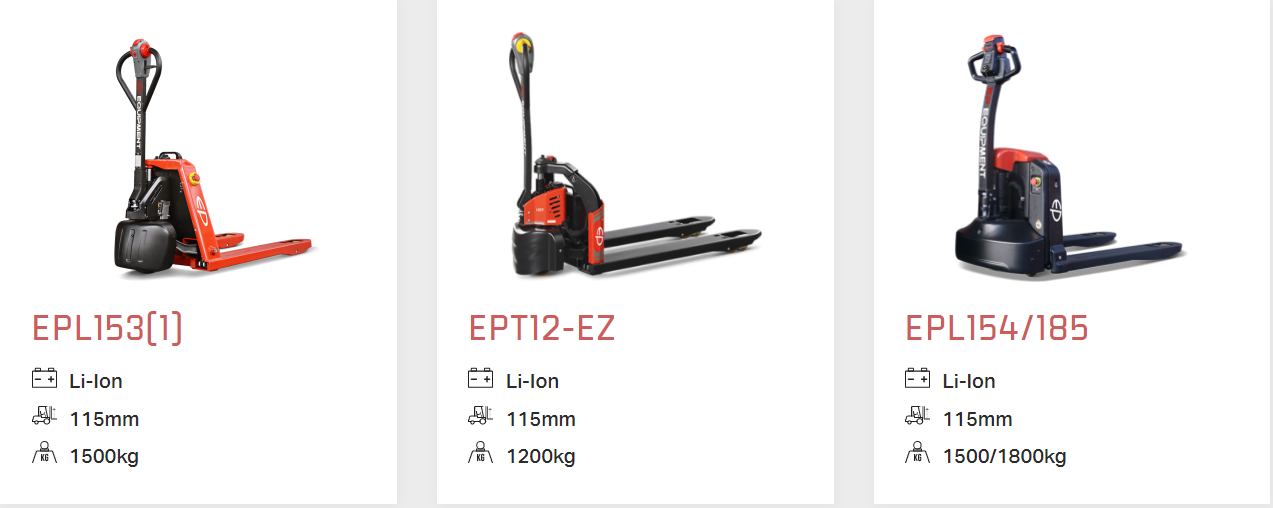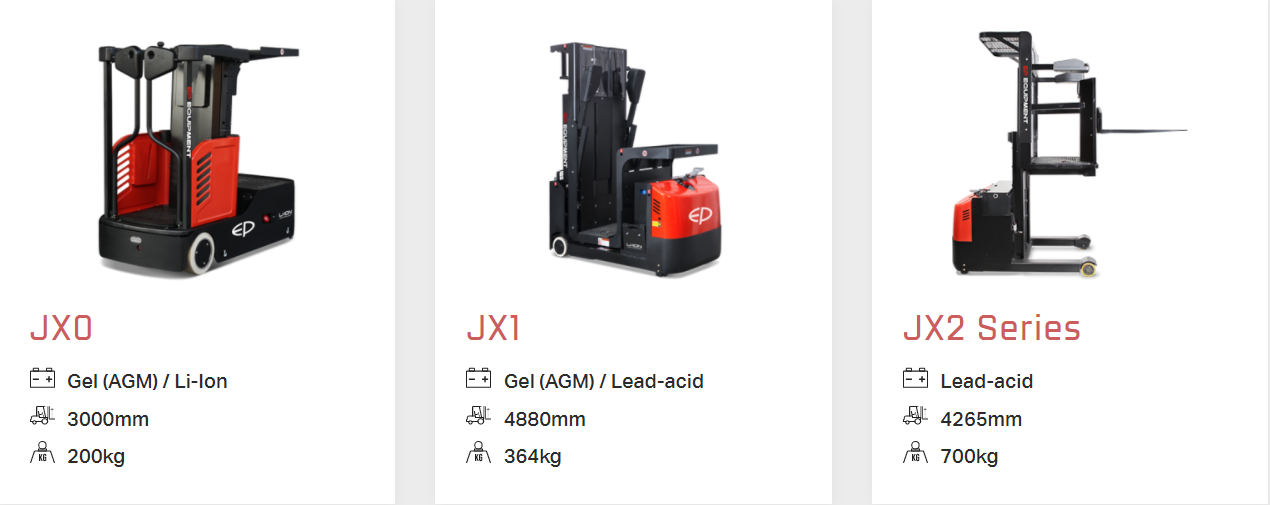Maximum availability and flexibility
Increasing cost pressure, tight timelines and unpredictable order peaks: The dynamics of the logistics business are changing the requirements placed on warehouse equipment and forklifts. Above all, they must be constantly available and flexible in their use. At the same time, safety and cost-effectiveness are important factors. This means that energy systems are also put to the test.

Maximum uptime and flexibility
Rising cost pressure, variable timelines and changeable order trends: The world of a logistics business has demanding and changing requirements placed upon warehouse equipment and forklift trucks. Above all, forklifts must be available and flexible in their use.
While also making sure, safety and cost-effectiveness are important considerations. This means that electric energy systems are also put to the most variable tests.
Opportunity Charging
While lead acid batteries always need a full charge cycle of 8-12 hours to keep the batteries chemistry in balance, LI-Ion batteries really like opportunity charging. They can be plugged in the wall and charge for 10 Minutes during a lunch break. This offers a unique way to work your shifts and reduce the overall Ah carried around in the truck.

Lithium-ion Performance
Lithium-ion batteries have a lifecycle of 3000 or more compared to just 500-1000 cycles in lead acid. Lithium-ion batteries generally last for several times the number of cycles as lead acid batteries, leading to a longer effective lifespan for lithium-ion products. Cycles are also counted in % of charge rather than one cycle every time you connect the battery to the charger. This means: 10% charge is 1/10 of a cycle with a Li-Ion battery, while a 10% charge at a lead acid battery is 1 full cycle.

Lightweight
Lithium-ion batteries offer high power density which cause lithium-ion batteries to be relatively small and light. It is only one-third the weight of lead-acid batteries. This offers manufacturers like EP the opportunity to develop the trucks with higher standards of ergonomics, bigger legroom and better performing trucks due to the smaller size and weight of the batteries.

Higher Efficiency
Most lithium-ion batteries are 95 percent efficient or more, meaning that 95 percent or more of the energy stored in a lithium-ion battery is actually able to be used. Conversely, lead acid batteries see efficiencies closer to 80 to 85 percent.

Faster Charging
Higher efficiency batteries charge faster, improved efficiency means a higher effective battery capacity. Lithium batteries takes 2-3 hours to charge while lead-acid needs 8 hours. Lithium batteries high effective capacity reduces downtime in warehouse duties.

WHY LI-ION INSTEAD OF LEAD ACID?
Depending on the type of material handling product, the decision about the battery technology can be easy or a little bit harder. When you look at the prices of pallet trucks nowadays, it seems logical to go for a Li-Ion version even at ride-on versions, as the cost price is comparable and adds tremendous advantages. When thinking about the purchase of reach trucks and forklift trucks, the price gap for most manufacturers is still an obstacle for many customers. In that case only manufacturers with Li-Ion customized trucks can offer a real alternative as their production costs can match the price of lead acid trucks.

IS LI-ION THE RIGHT CHOICE FOR ME?
With large purchase like electric forklifts and other material handling equipment, you want to consider your options. Contact us directly to receive further information about Lithium products. If a Lithium-ion battery is something you’re interested in pairing with your system, or you would like to receive further information about Lithium products, contact us directly.
HOW TO SELECT THE RIGHT LITHIUM BATTERY FOR YOUR EQUIPMENT?
When considering replacing an existing lead-acid battery by a Lithium Ion battery , or comparing lithium battery adoption in high power electric trucks across different providers, you need to take a couple of things into consideration:
Safety First
Safety of lithium-based batteries has attracted much media and legal attention. Battery management systems (BMS) play a crucial role to protect the battery against short circuit, reverse polarity, over and under voltage, and over current in the reliability of systems utilizing lithium-ion batteries. By data-collecting, calculating and controlling the charge and discharge process of voltage, current, temperature and state-of-charge, BMS secures the battery longevity and improves battery performance.
Lithium-ion batteries are notorious for bursting into flames when overheating, mostly while charging. A good charger is not enough to prevent this. The BMS communicates with the battery, with the truck and with the charger and continuously monitors the temperature. The BMS kicks in when the temperature is out of range.
The BMS also prevents the battery from overheating during usage, as the lifetime of a li-ion battery strongly depends on its operating conditions. And the BMS does more: Charging is optimized and charging and discharging cycles are stored in its memory. EP Lithium-ion batteries are produced in our own factory and equipped with our own in-house developed BMS to ensure the reliability of the batteries and safety operation.
The Controller Area Network (CAN bus) is the nerve system, enabling communication between all parts of the battery. The CAN bus acts as a central networking hub communicating information of battery condition and automatically sending alarms to the BMS system when damages occur.
With combination of BMS and CAN functionalities, EP develops its remote diagnostic system to proactively monitor the battery performance of all EP Lithium-integrated trucks. It is a powerful system providing advanced data monitoring and analysis capabilities for better technical support service.